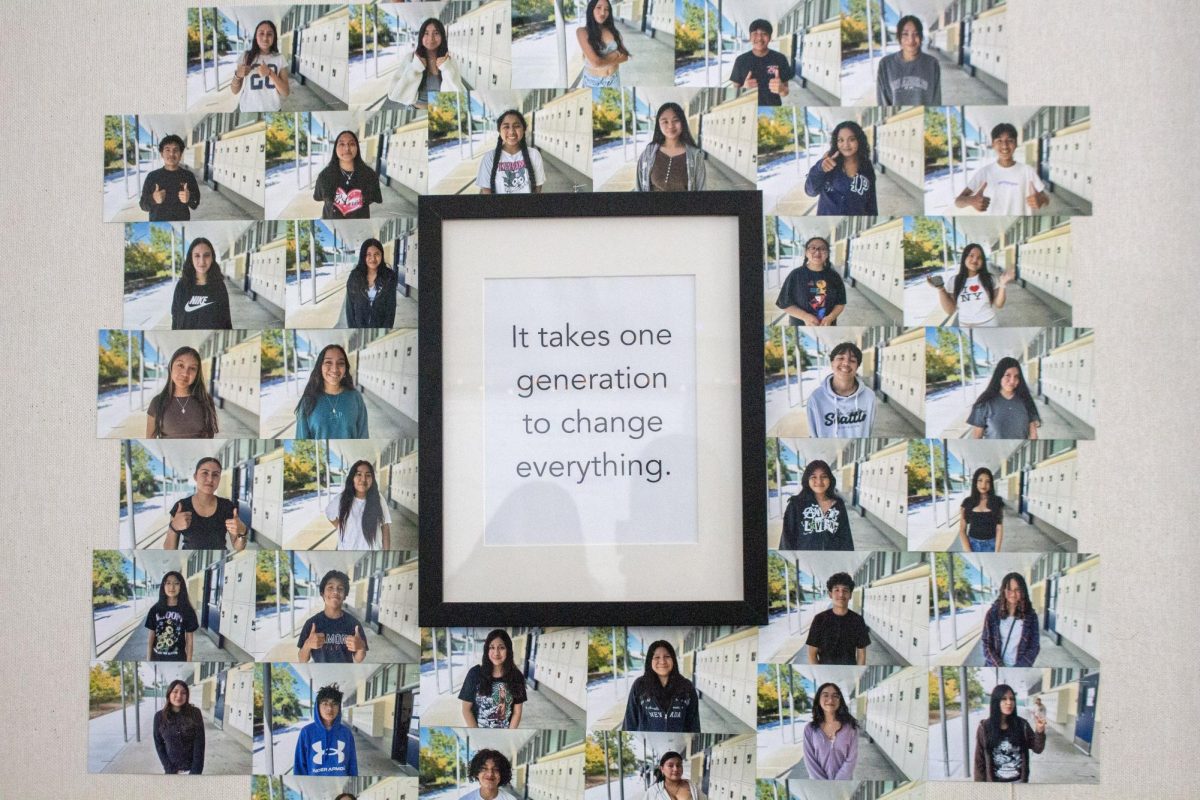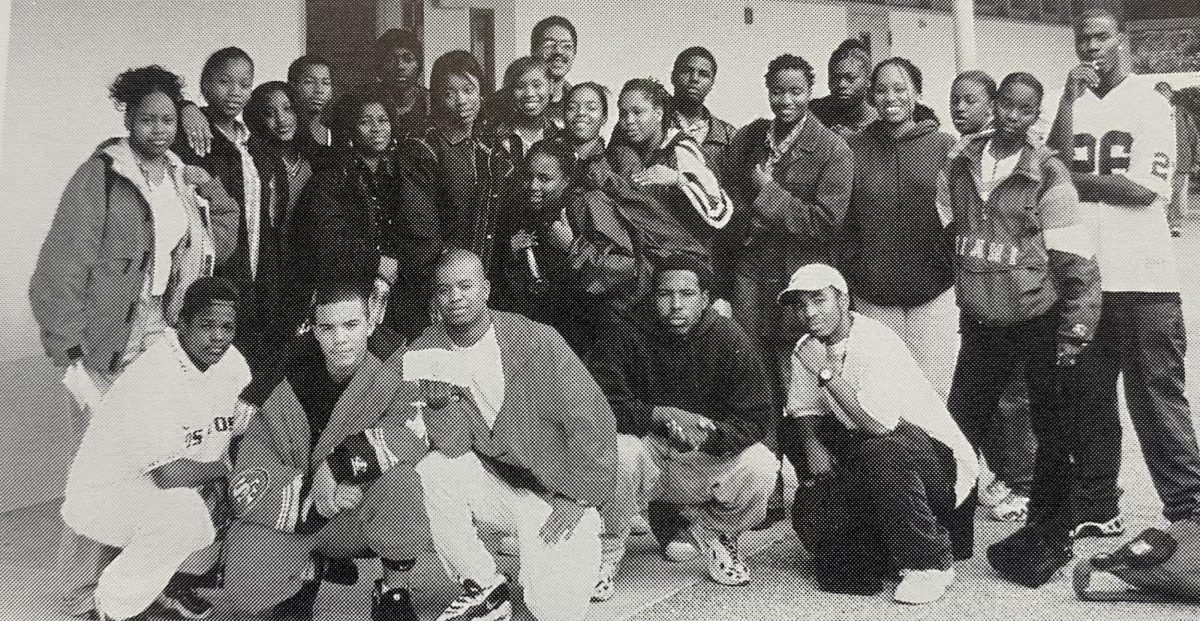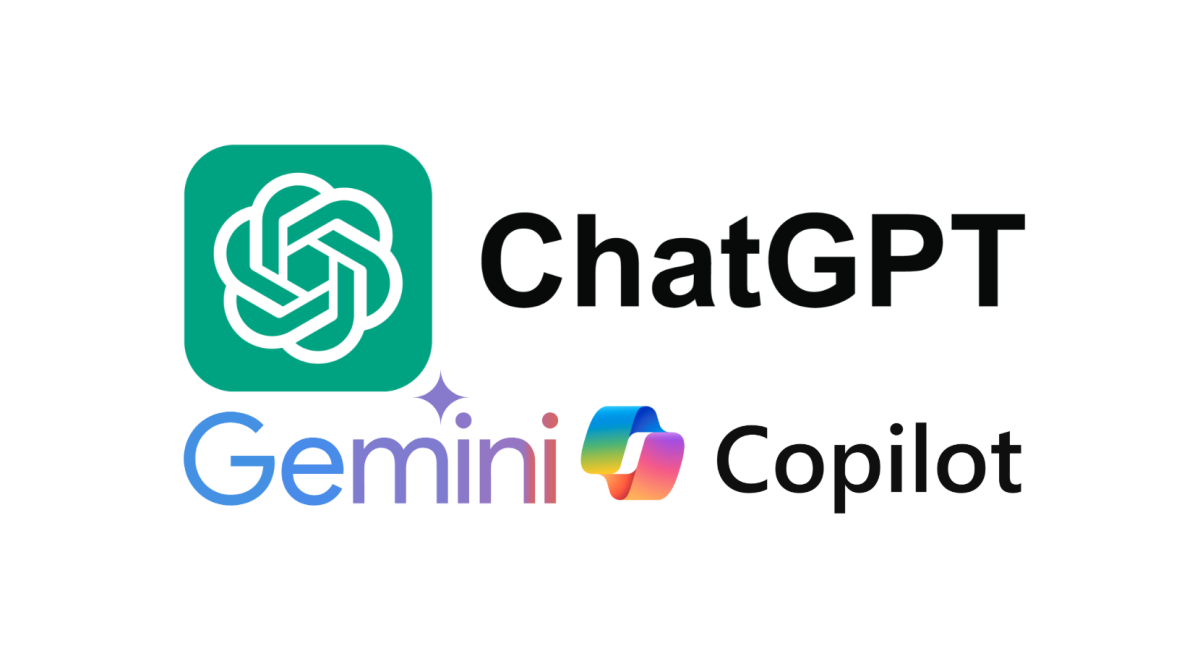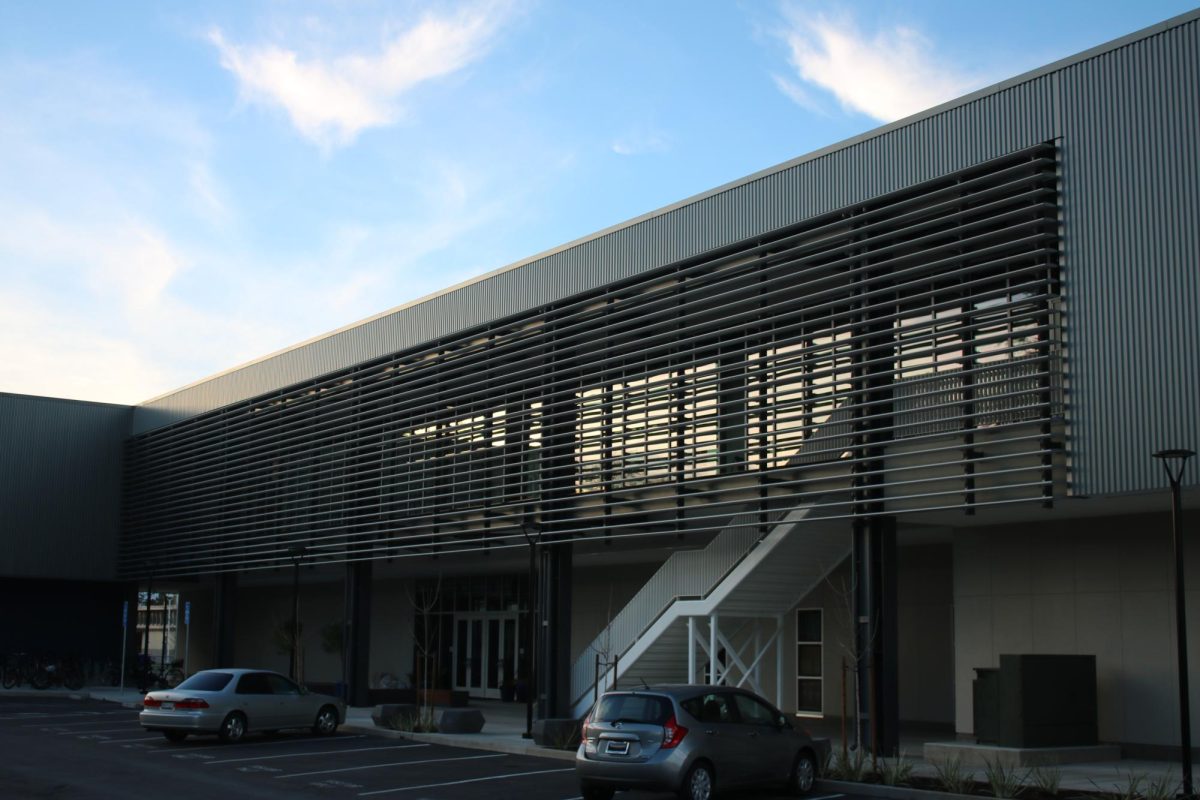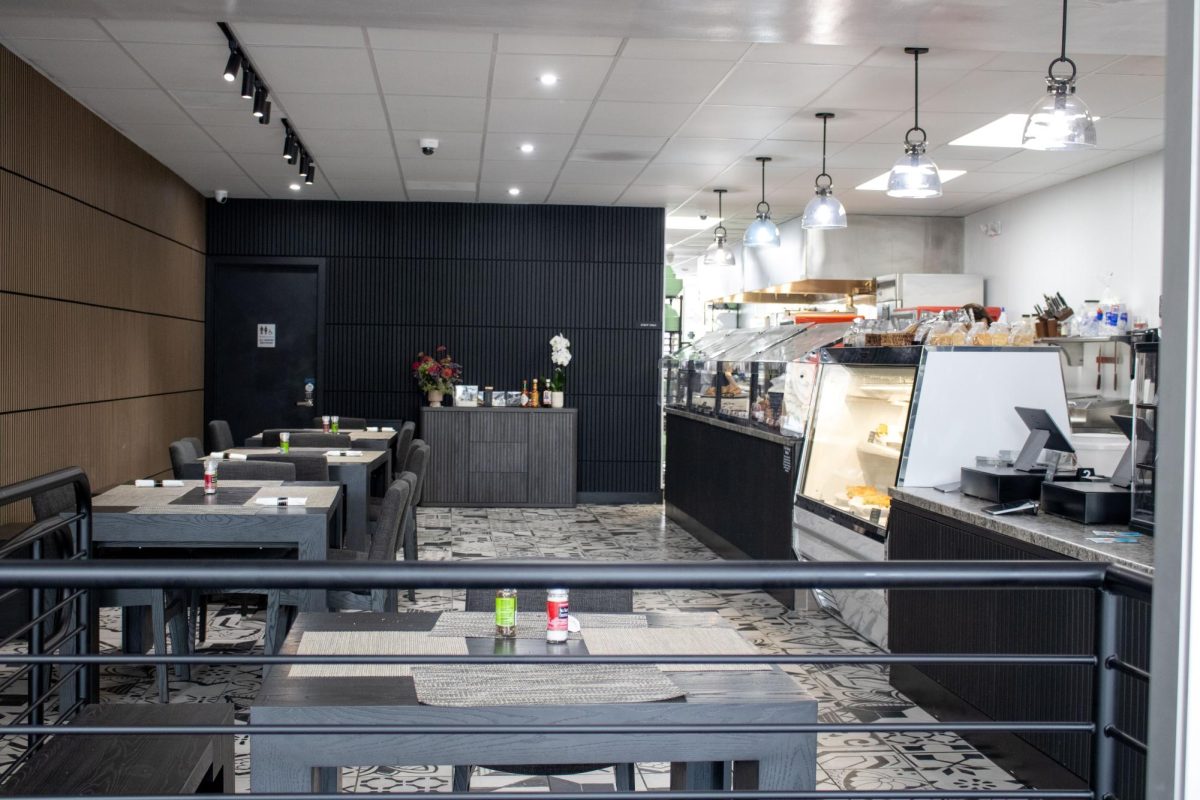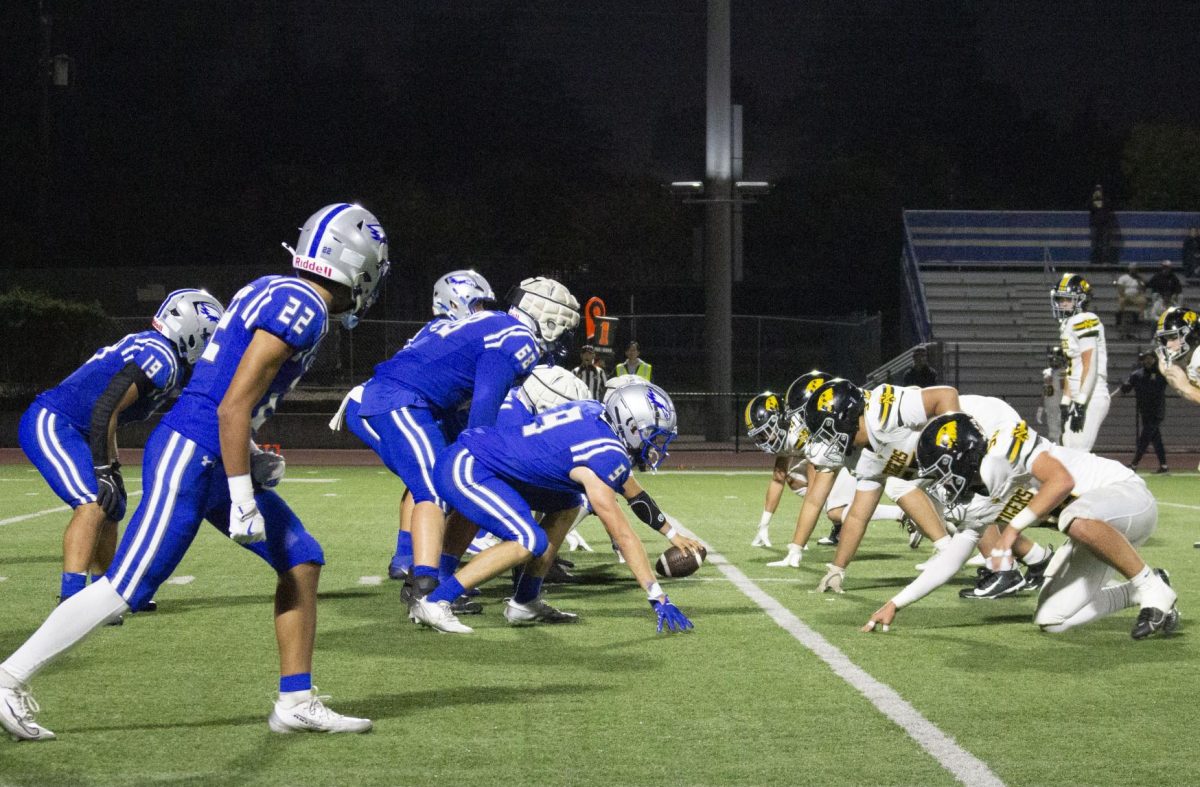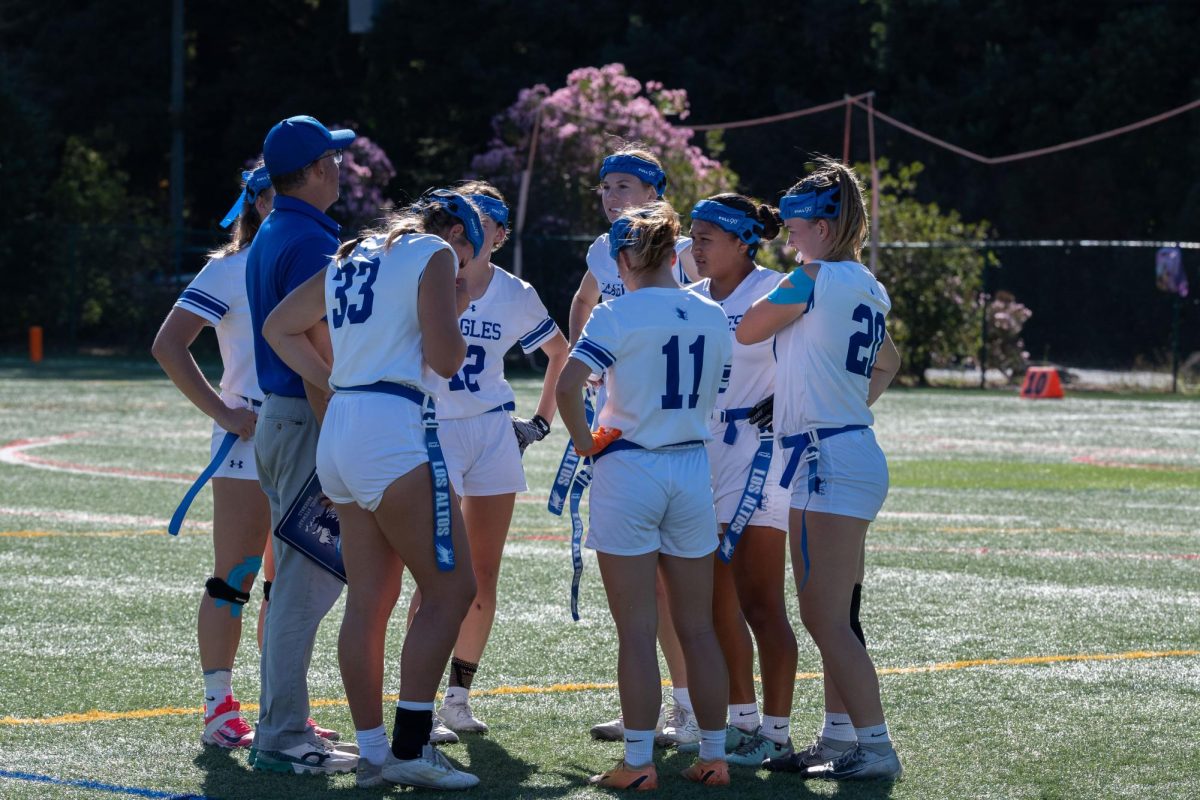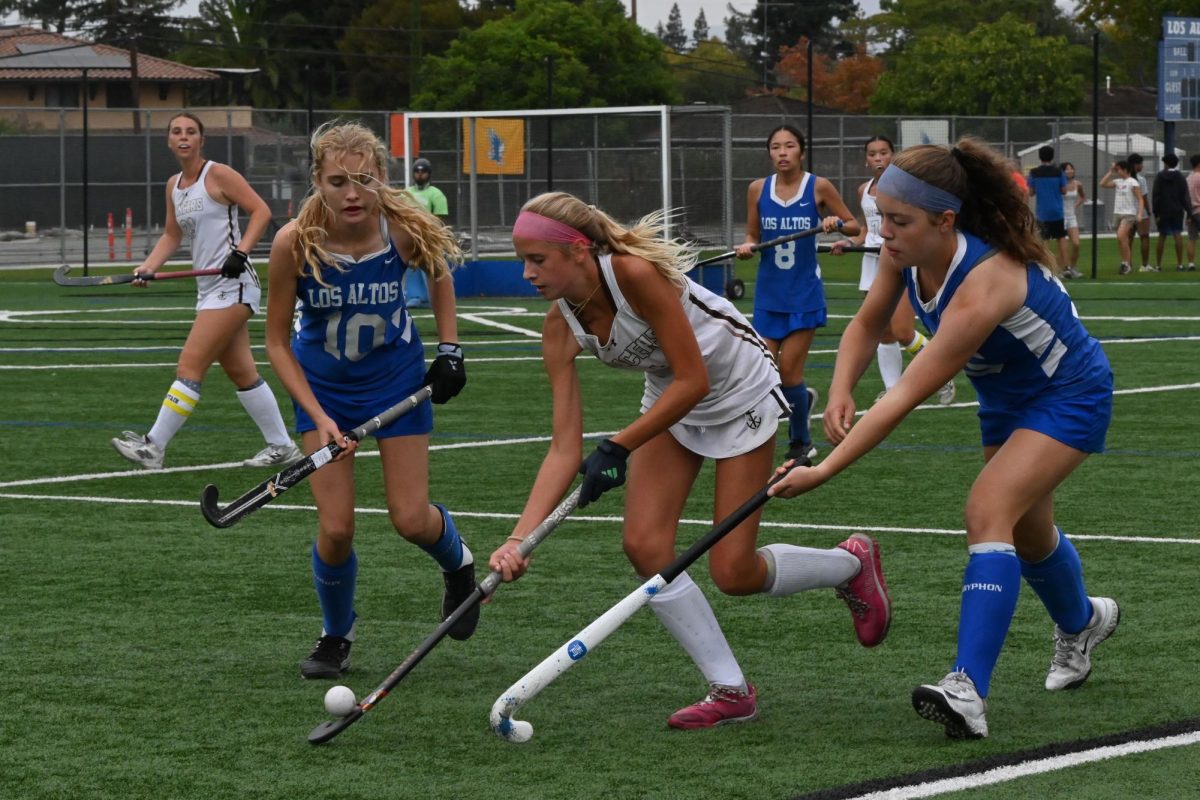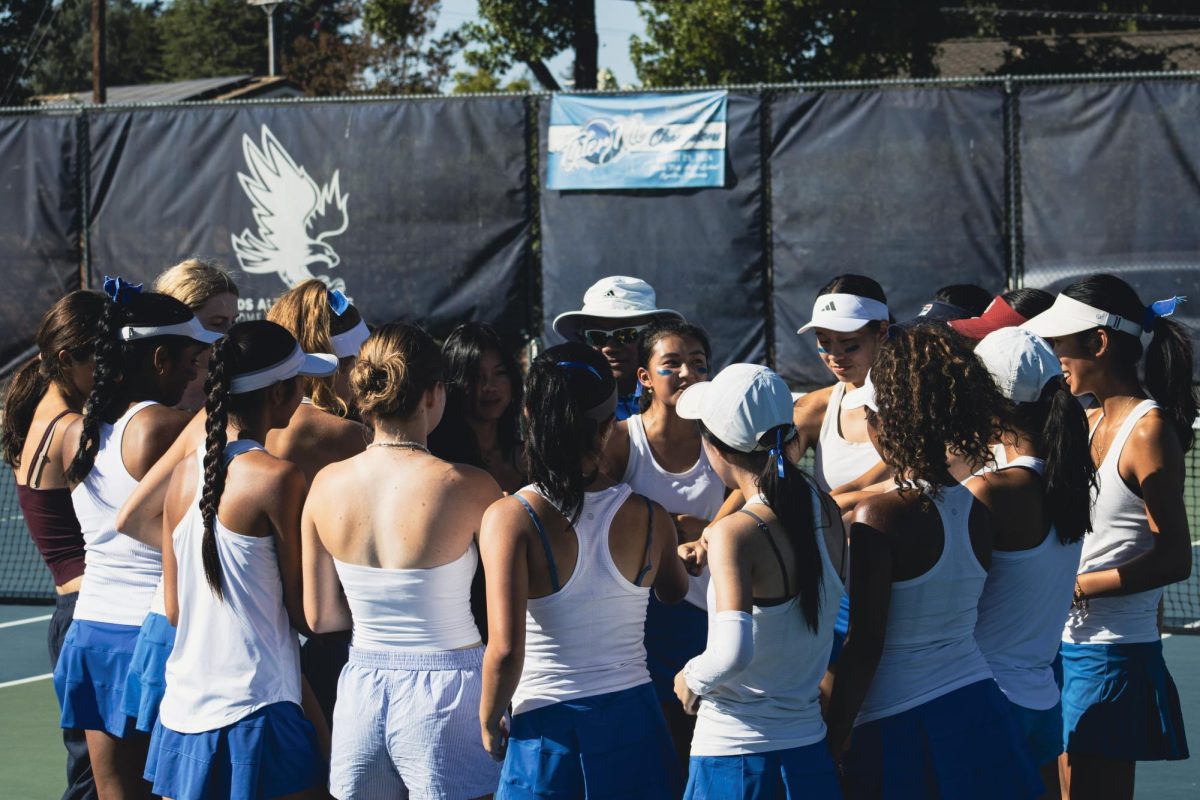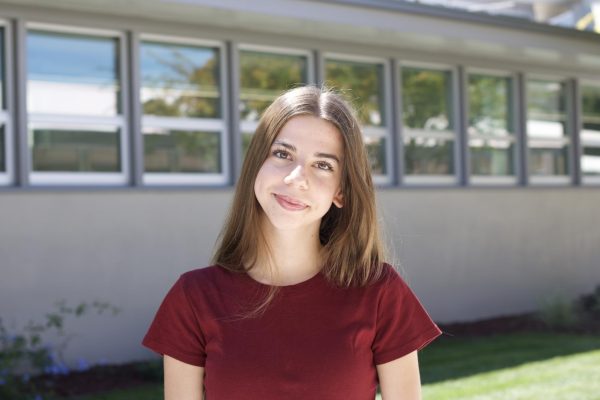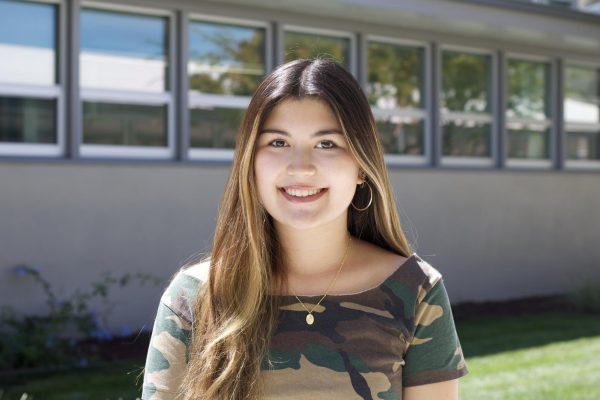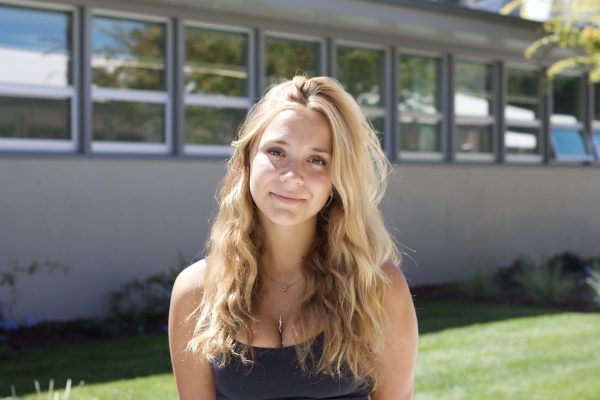When former AVID student Valeria Anderson walked down the aisle at her wedding ten years ago, she was surrounded by family, friends and two of her biggest supporters: AVID teachers Jonathan Kwan and Arantxa Arriada.
Long-lasting relationships like these are the heart of AVID. Short for Advancement Via Individual Determination, AVID is a nationwide high school program for incoming first-generation college students. Being the first in their family to seek higher education, these students may lack the resources necessary to navigate the journey to college and beyond.
That’s where AVID comes in. The program provides students with academic skills and support, including lessons on note-taking and question-based learning, to help them succeed in their classes now and in the future.
Community is a key component of the program, especially at Los Altos High School. Teachers remain with the same class of students throughout their entire high school career — something unique to LAHS’ program. Although students can form connections across AVID classes, the four-year plan creates strong bonds between students and teachers within each period.
“We remind each other of our goals and support each other,” AVID sophomore Princess Leah Jimenez said. “One of my favorite parts of AVID is seeing everyone accomplish what they’ve been working toward.”
This year, AVID welcomed two new teachers, Laraine Ignacio and Alissa Saylor. They are both teaching the freshmen class this year — something unusual for AVID at LAHS.
Traditionally, one teacher teaches all of the classes within a grade. However, the program has grown. While expansion allows more students to benefit from AVID, students worry that it may disrupt the four-year plan by separating them from the teacher they began with as freshmen.
Fostering family, sparking success
Some academic accomplishments are trackable, such as a growing GPA or an A on a math test. However, AVID achievements often go beyond the transcript.
“For AVID students, a lot of the barriers that they’re overcoming are invisible,” said Kwan.
These invisible barriers can take on many forms, silently separating first-generation students from their peers.
In Los Altos, more than 70% of residents have a college degree. Across Santa Clara and San Mateo County, residents with a college degree earn over $50,000 more annually than those with only a high school diploma.
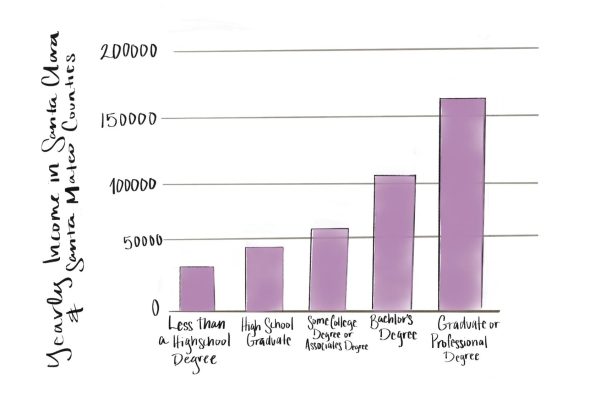
Parents with higher incomes tend to have the means to provide their students with expensive resources — such as SAT tutors and private college counselors — that lower-income families cannot afford. In addition, parents unfamiliar with the college admissions process often lack the experience to guide their children through it.
“First-generation students have a disadvantage because we don’t really know how the college processes and applications work,” AVID senior Hazly Duarte Cordero said. “AVID teaches us how everything works and how we can find the best resources.”
To recognize these challenges, AVID teachers have created community traditions that praise students for their academic achievements and resilience.
Every year, one student from Kwan’s AVID class receives the AVID Student of the Year Award. This student is selected by their AVID classmates.
“It was really fascinating to see some students who might not otherwise get recognized win,” Kwan said. “They’re being recognized by their peers, and in that way, it makes it even more special.”
Students also partake in the Rose Ceremony every quarter, where those with all college-recommended grades — at least a 3.0 GPA — receive a rose from their AVID teacher.
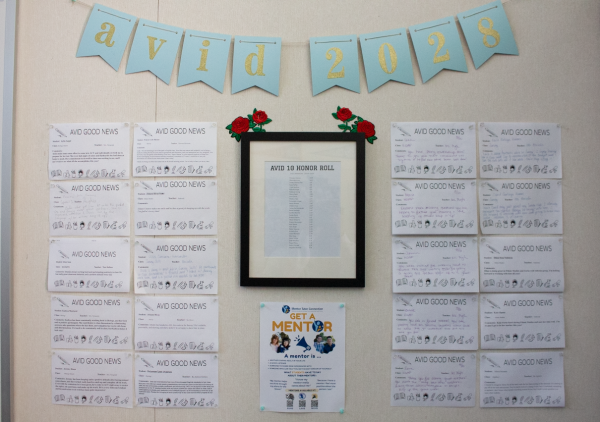
“We frame it as a symbol of infinite possibility,” Kwan said. “These are folks who are exemplifying what it means to be an AVID student.”
The rose ceremony isn’t only a recognition of academic achievement — it also brings the students in each class closer together.
“It’s a time where [we all] celebrate each other’s accomplishments,” Leah said.
Besides ceremonies and awards, AVID students also support each other every day by creating a welcoming class environment.
“Once, I fell off my chair and everyone laughed, but I laughed too,” AVID senior Marvin Lopez said. “I didn’t feel like people were making fun of me. In another class, I might have been embarrassed, but here it just felt funny.”
AVID Seniors like Marvin have additional traditions to look forward to. As seniors start hearing back from colleges, Arriada puts up colleges’ flags with the students’ names on them to celebrate their acceptance.
Even after graduation, a part of every AVID student remains at LAHS. In Arriada’s classroom, you’ll see two stoles with the names of her graduated students — a way to remember them after their time on campus runs out.
Similarly, AVID students and teachers continue their friendships beyond graduation. For example, this summer, Kwan met with some former AVID students who had just finished their first year of college.
“We had a picnic in the park, and it was amazing to see them grow into their confidence,” Kwan said. “Moments like that remind me that my work here is part of something bigger than a year-long class.”
For Hazly, AVID is another family.
“Your AVID teacher is always there for you,” Hazly said. “Like a second mom.”
Welcoming new teachers: Saylor and Ignacio
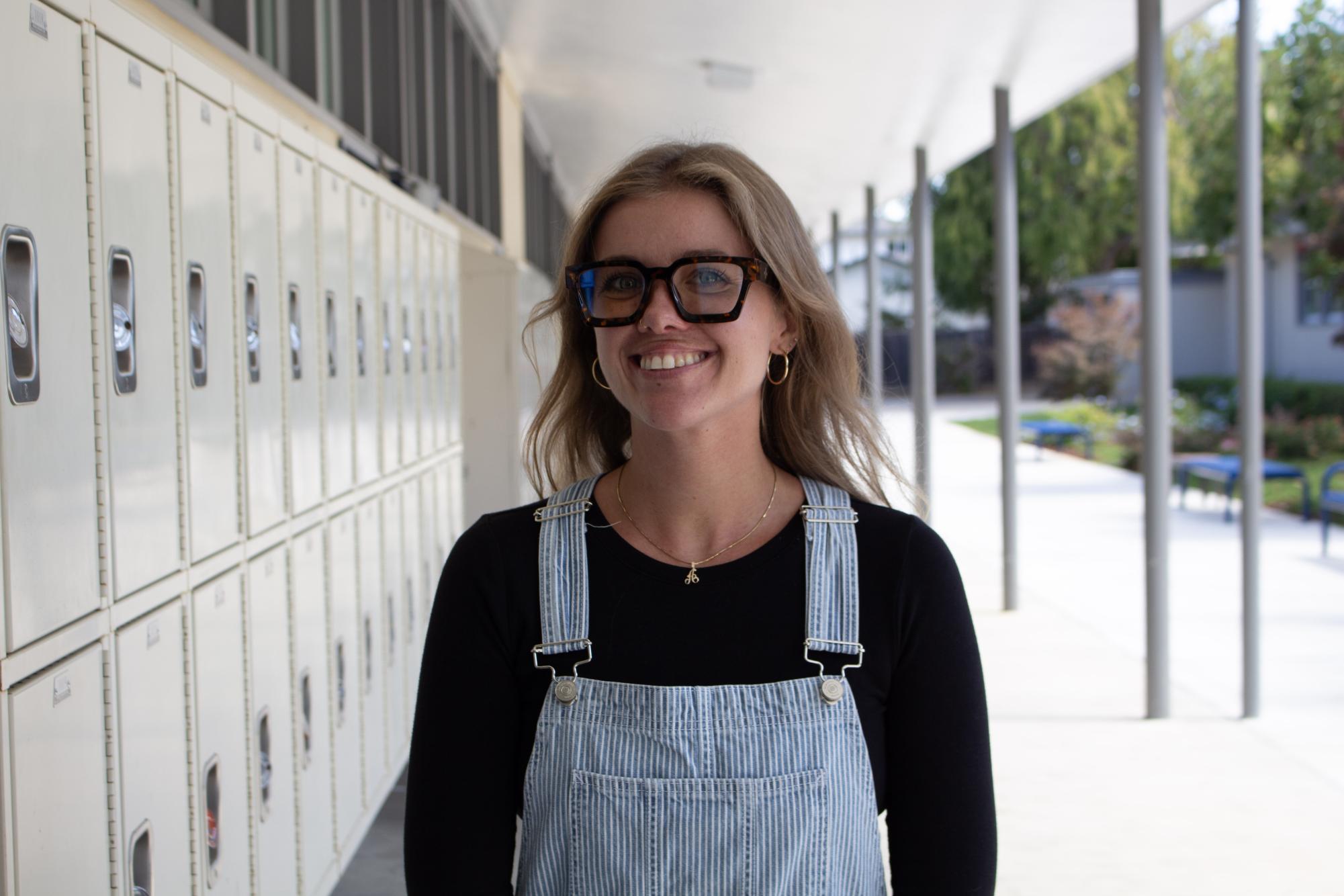
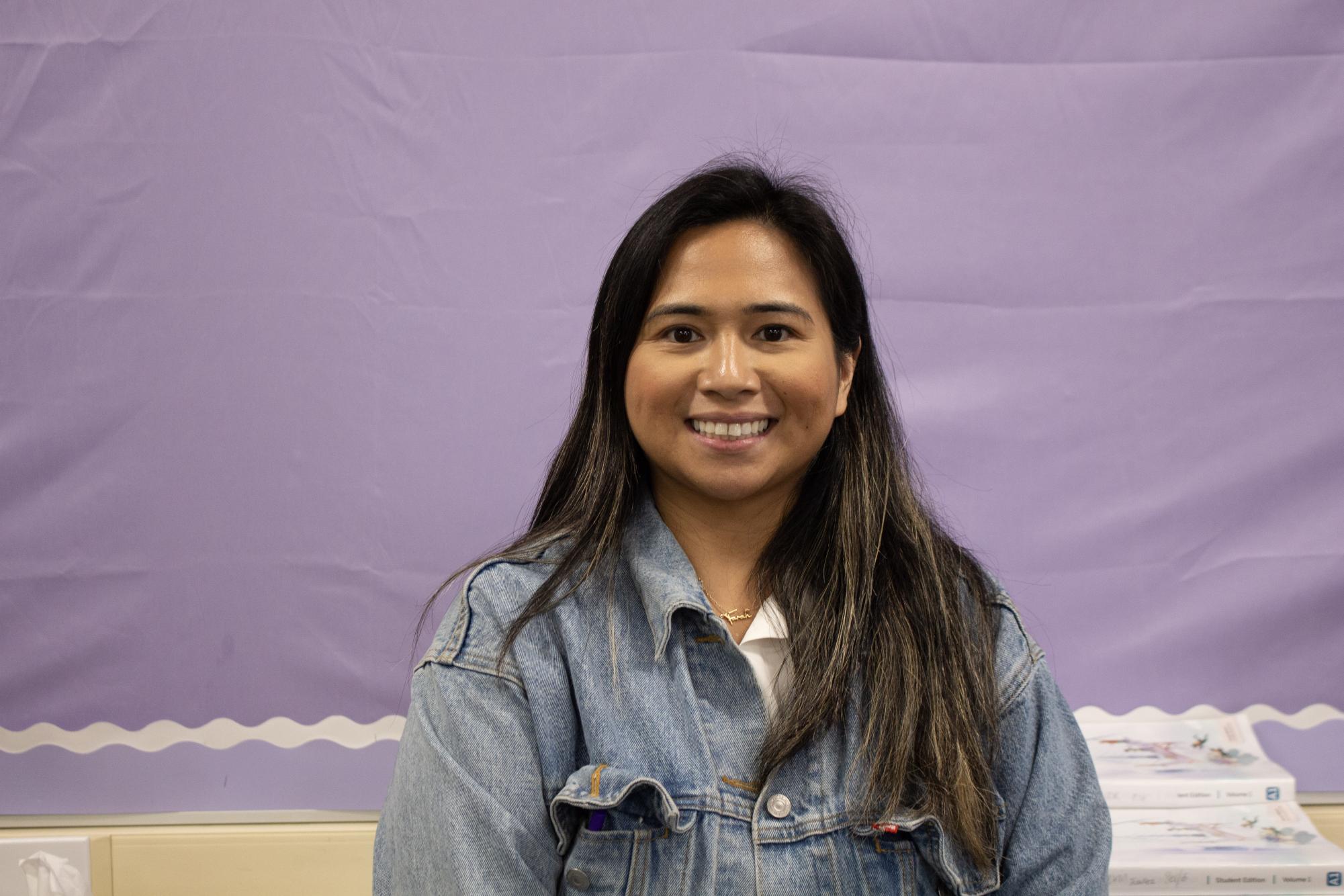
Ignacio and Saylor are the first AVID teachers from outside the English department for over a decade. Saylor teaches social studies, and Ignacio teaches math.
“I think getting other departments involved is a bonus,” Saylor said. “I can talk to the social studies department about what our AVID students need and what we can be doing to support first-generation students.”
For Ignacio, AVID isn’t just another period in the day — it’s a job she connects with on a personal level. Being a first-generation college student herself, she has experienced the unique challenges of AVID.
“I’m trying to teach what I would’ve wanted in my community,” Ignacio said.
Saylor, on the other hand, already taught AVID at her previous high school, but had only taught seniors.
“Teaching AVID before definitely helped me be more prepared for this year,” Saylor said. “But teaching freshmen will be different.”
Saylor and Ignacio have relied on each other a lot during this transition. They also receive a lot of support from the AVID department, whether through shared resources or regular check-ins to answer questions.
“The AVID program at Los Altos is wonderful,” Ignacio said. “I knew it would be, but I feel well supported and I’m very excited.”
Saylor had a tough time getting her students to open up at first.
“They were so quiet until recently,” Saylor said. “I asked them what their worst experience they ever had with a teacher was, and they finally lit up and started smiling and talking.”
At her previous school, Saylor would be meeting her AVID students for the first time as seniors. However, at LAHS, she can look forward to staying in touch with her students all four years — even if they’re not in her class, which is a possibility in the coming years.
Program growth threatens class continuity
As AVID students get older, they often take more specialized classes that have fixed class periods. This makes it difficult for them to be kept with the same teacher for all four years.
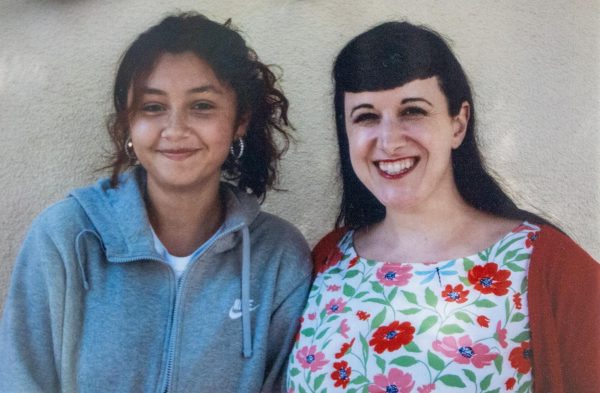
Until now, teachers have worked around this. But as cohort sizes continue to grow, they may not be able to keep students in the same class — a feature central to fostering AVID’s rich community.
“It might be weird,” AVID senior Kimberly Alavez Rodriguez said. “A lot of us like having the same teacher all four years. It helps when teachers write recommendation letters, because they’ve known you longer.”
Despite potential changes, AVID teachers like Arriada have made it clear that they’ll always be there for past students.
“Even if I might not be your AVID teacher this year, we’re still together,” Arriada said. “We’re an AVID family.”



